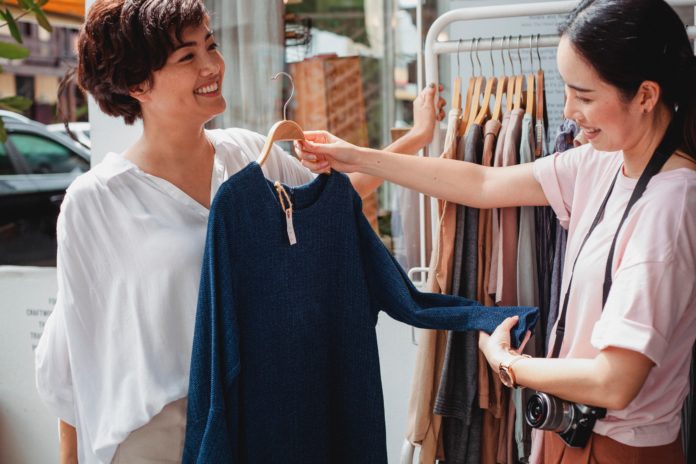Research from Manhattan Associates has found that 80% of Australians are now more discerning and selective in their purchasing decisions compared with twelve months ago, creating a significantly higher barrier to sale for local retailers.
Between inflation and interest rate rises, consumers find themselves caught in a relentless economic squeeze. This is causing some shoppers to stop spending altogether, with 33% saying they hold off or defer purchases until sales or special deals, and more than 51% even admitting they hold off or defer purchases indefinitely.
Research also revealed that 85% of Australian shoppers are researching products more thoroughly prior to making a purchase compared to previous years, with around 62% revealing they actively choose to buy cheaper or discounted products.
“That Australian consumers are facing economic challenges is no surprise, but the fact that shoppers are increasingly hesitant to part with their money creates headaches for retailers looking to convert sales. In an environment where consumers have no concerns about walking away from a sale if their expectations are not met, retailers have no margin error,” said Raghav Sibal, Managing Director, Manhattan Associates.
“While Australian consumers are willing to put in the work to find the best value, or wait for the best deal, they aren’t solely motivated by price. Consumers have developed heightened expectations, demanding a seamless, convenient shopping experience that delivers great customer service.
“Today shoppers will respond to a negative retail experience by exercising their power to walk away from a purchase altogether.”
Over 90% of consumers said that their in-store customer service experience was a key contributing factor when making a purchase today. In fact, over 80% of participants admitted that over the course of this year, they have abandoned a purchase because of poor customer service.
Additionally, 40% of people admitted that budget constraints have made them more sensitive to negative experiences.
When exploring the primary factors influencing abandoned sales, the dominant factors for shoppers were the unavailability of products/sizes (30%) sales associates lacking sufficient product knowledge (17%), negative online product reviews (17%), and limited delivery options, including returns (7%).
“In order to avoid negative instore and online shopping experiences that can cause a consumer to abandon a potential sale, retailers need to ensure that they have the right systems and technologies in place. To guarantee seamless online delivery and returns processes, as well as provide increased purchasing flexibility that allows access to stock and items for sale on other websites, retailers require systems that enable in-store purchases using inventory from other stores or the warehouse.
“This recognises that the role of the store is no longer limited to selling, rather brick-and-mortar retail stores can now be used as a hub for fulfilment too.”
“Through unifying order management, customer engagement, point of sale and store inventory and fulfilment technologies – retailers will empower their store associates, allowing them to personalise selling, proactively solve problems and make every customer experience exceptional in a selling environment challenged by cost-of-living pressures,” concluded Sibal.














